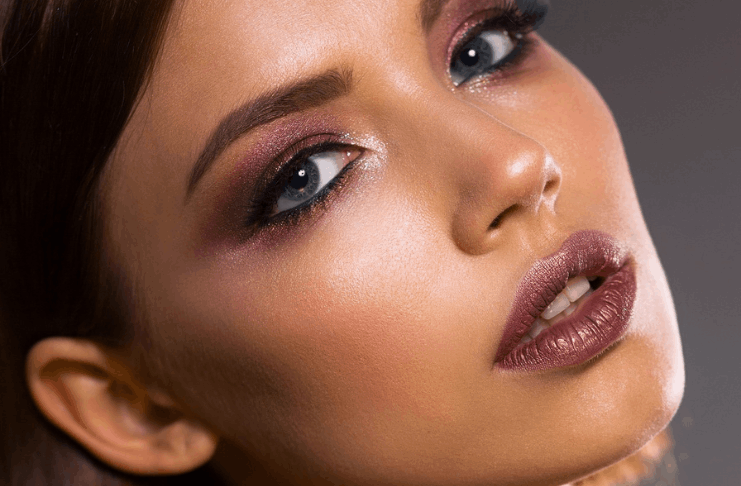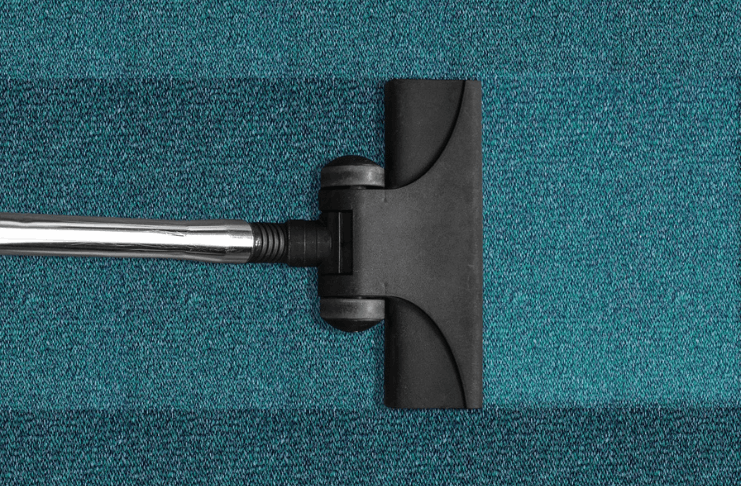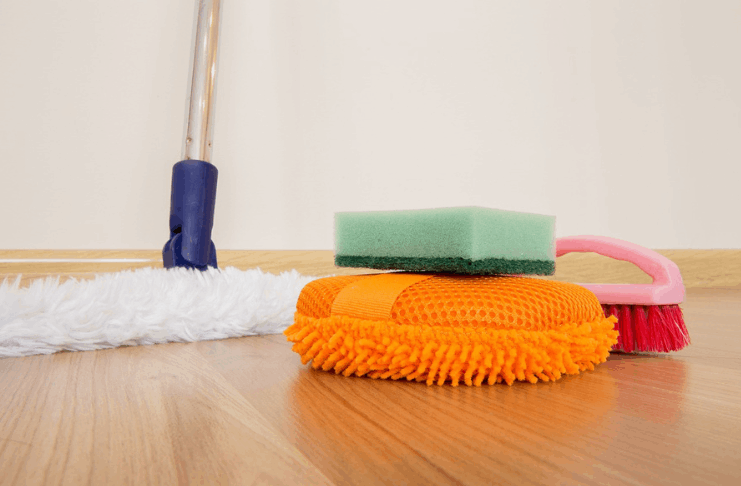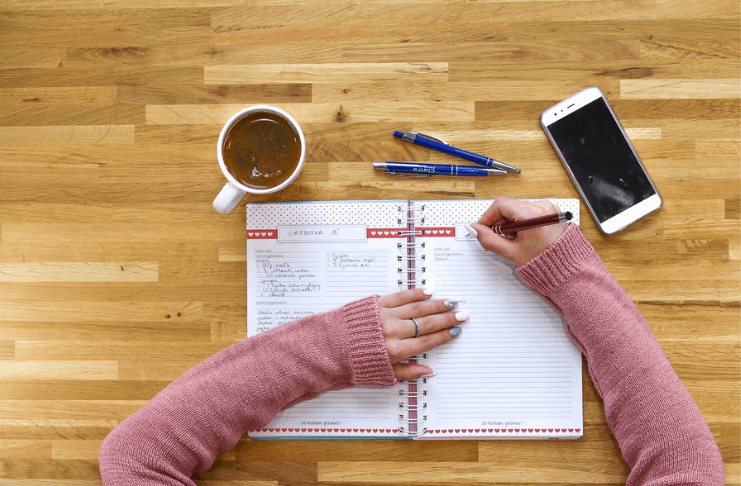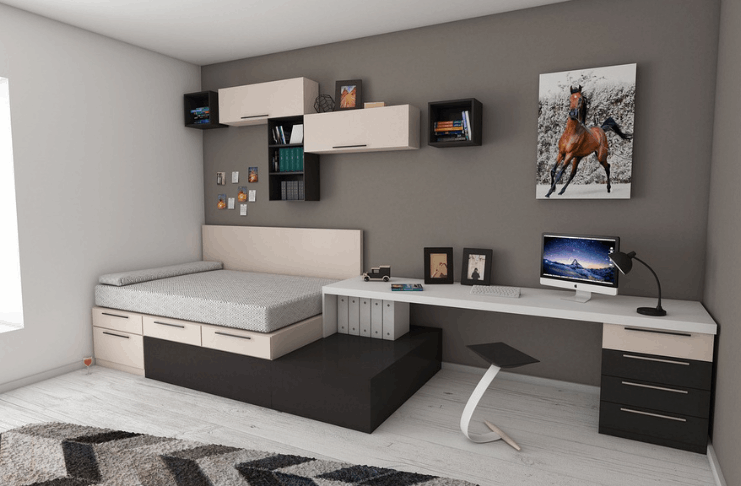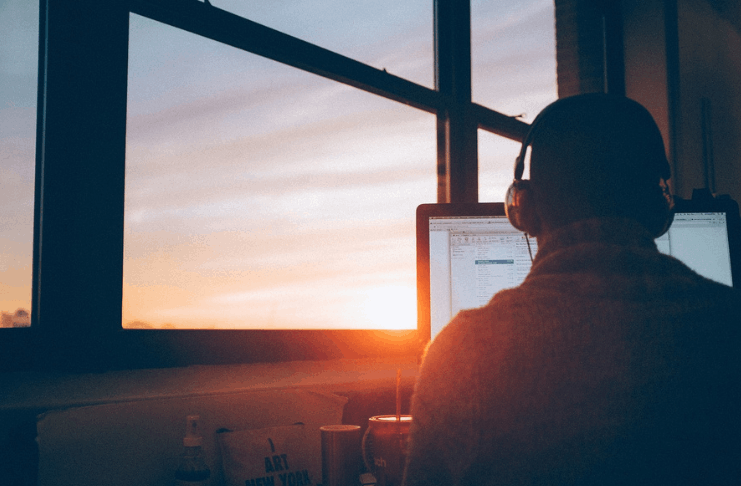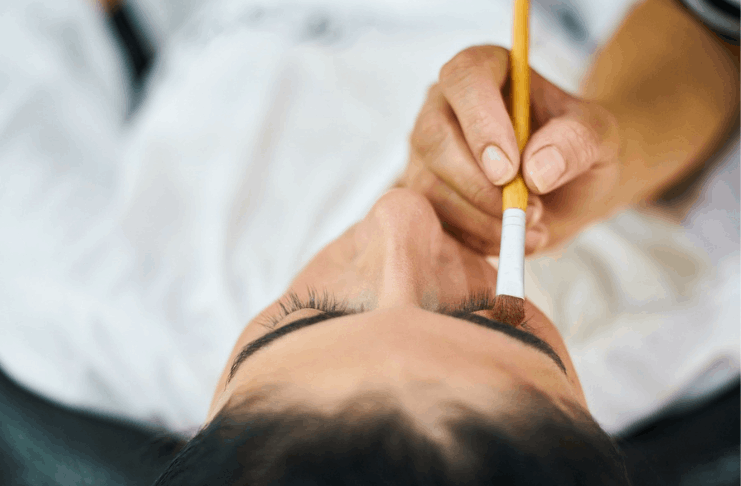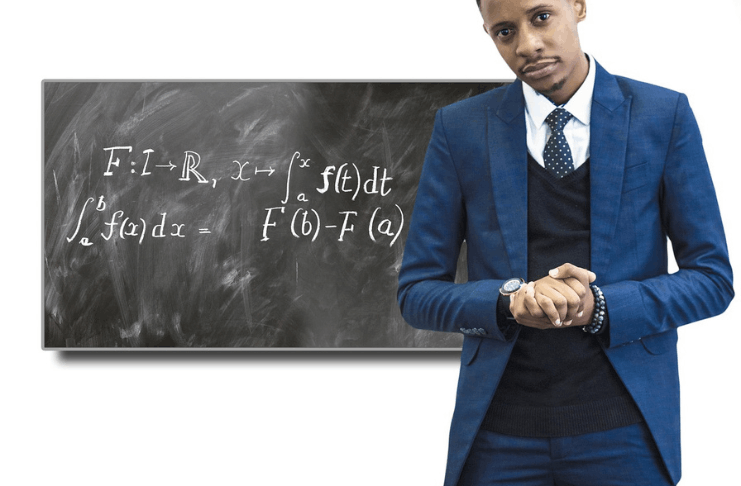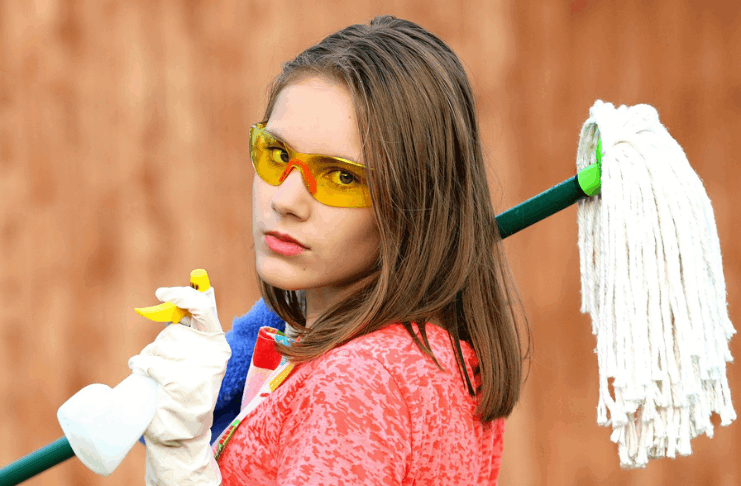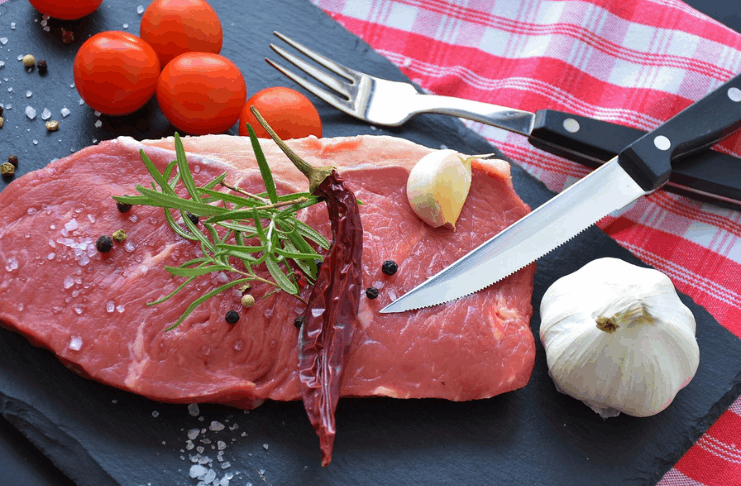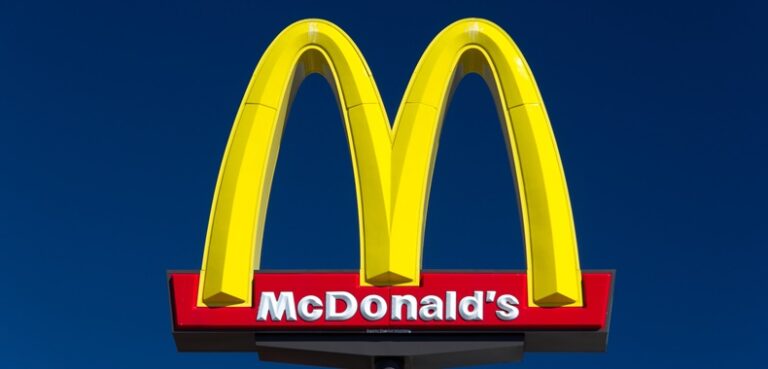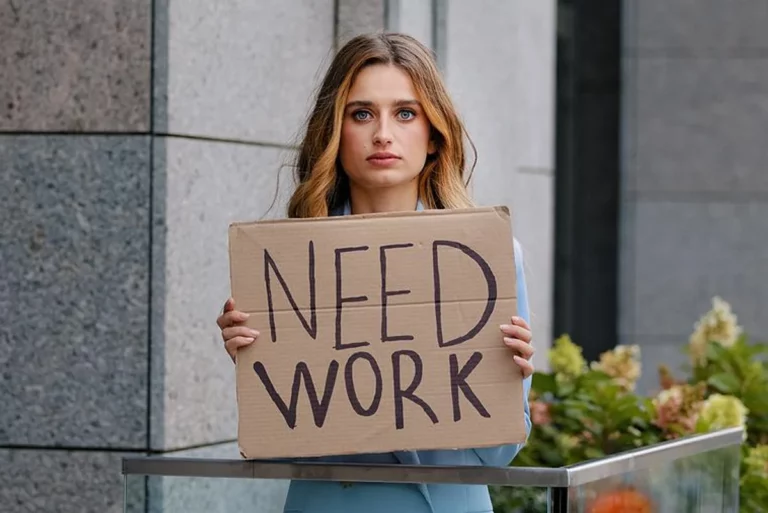Are you struggling to create artistic images on your own? Machine learning generated images may be the solution you’re looking for. These images are created using algorithms trained on vast amounts of data, allowing them to produce visually stunning results.
Imagine creating images on par with those made by professional artists, all with just a few clicks of a button. This article will explore the potential of machine learning generated images and how they can help unlock your creative potential.
What is Machine Learning, and How is it Generating Unique Images?
Machine learning is artificial intelligence that allows computer systems to learn and make predictions without explicit programming. One of the ways it is being used is to generate unique images through the use of generative models and style transfer algorithms.
These models are trained on a large dataset of images and can create new, amazing photos similar to those in the dataset. These machine learning generated images, also known as AI stock images, can be used as a cost-effective alternative to traditional stock images and help unlock creative potential.
With the help of Artificial Intelligence for image processing, it is possible to produce images that are impossible to capture through traditional photography.
How Does Machine Learning Work?
Machine learning uses algorithms to learn from data and make predictions or decisions without being explicitly programmed. In the context of image processing, these algorithms are trained on a large dataset of images to learn the features and patterns of the pictures.
Once the model is introduced, it can generate new ideas similar to the photos in the dataset. This process can be done in different ways, such as using generative models, style transfer algorithms, or neural networks.
One example of this is using a generative model to create new images. The model is trained on a dataset of ideas and can generate new, unique images similar to those in the dataset. This process is commonly used for creating AI robot images, artificial drawing images, and other images that can be used in various industries.
Why Are Machine Learning-Generated Images in High Demand for Artistic Use Cases?
Machine learning-generated images are becoming increasingly popular for artistic use cases due to their unique, visually stunning results. These images are created using algorithms trained on vast amounts of data, allowing them to produce various effects and styles. As a result, machine learning-generated images can mimic the kind of professional artists and, in some cases, even surpass them.
One of the reasons for their high demand is the efficiency and speed at which they can be produced. With machine learning-generated images, it is possible to create a wide range of images with just a few clicks of a button, saving time and resources compared to traditional methods.
Additionally, these images can be easily customized to meet specific needs, making them versatile and flexible for different use cases.
How to Make Creative with Machine Learning-Generated Images on Your Own
Creating your machine learning-generated images can initially seem daunting, but anyone can create visually stunning photos with the right tools and creativity. Here are some steps to help you get started:
- Gather a dataset of images: To generate new ideas, you will need a dataset of images to train your model. This dataset should be large and diverse and include various prints you want your generated images to resemble.
- Choose a model: There are a variety of models available for generating images, such as GANs, VAEs, and Style Transfer models. Each model has its strengths and weaknesses, so it’s essential to research and choose one that best suits your needs.
- Train the model: Once you have your dataset and model selected, you can begin training your model. This process can take some time, depending on the size and complexity of your dataset.
- Experiment with the model: Once your model is trained, it’s time to start experimenting. You can try adjusting the parameters of the model and the dataset to see how it affects the generated images.
- Create new images: Now that your model is trained, you can create new ideas. You can input a random noise or an existing image into the model, generating new images based on what it learned from the dataset.
- Edit and refine: After generating the images, you can edit them to make them look more realistic and appealing. You can use software like Photoshop or GIMP to do this.
- Save and Share: Once you’re happy with your machine learning-generated images, you can save them and share them with the world. You can use them for personal or commercial purposes, depending on the type of images you’ve created.
In summary, creating your machine learning-generated images involves gathering a dataset of images, choosing a model, training the model, experimenting with the model, creating new images, editing and refining the images, and saving and sharing the final pictures. With the right tools and creativity, anyone can create visually stunning images that are unique and creative.
What’s the Best Ai Art Generator?
Many AI art generators are available, each with unique features and capabilities. Here is a list of some of the best AI art generators currently on the market:
- DeepDream: Developed by Google, DeepDream is a widely used AI art generator that uses a convolutional neural network to generate unique and surreal images. It is easy to use and has a wide range of parameters to adjust, making it an excellent choice for beginners.
- Prisma: Prisma is a popular AI art generator that uses a neural network to transform images into the styles of famous artists such as Van Gogh and Picasso. It is available as a mobile app and has a user-friendly interface, making it easy to use for anyone.
- Ostagram: Ostagram is an AI art generator that uses a deep learning algorithm to transfer the style of one image onto another image. It allows you to use your images as style references, making it an excellent option for those who want to create personalized AI art.
- Pikazo: Pikazo is an AI art generator that uses a neural network to create abstract and impressionistic images. It is designed to be easy to use and offers a wide range of artistic styles.
- Artist: Artisto is a video AI art generator that uses a neural network to transfer one video style onto another. It is an excellent option for creating unique and creative videos and is available as a mobile app.
- Painting FZ: Painting FZ is an AI art generator that creates oil and watercolor paintings. It uses a generative algorithm and allows you to adjust the brushstrokes and colors, making it an excellent option for those who want to create realistic images.
In summary, many AI art generators are available, each with unique features and capabilities. Some of the best AI art generators on the market include DeepDream, Prisma, Instagram, Pikazo, Artisto, and Painting FZ.
They use different neural networks, styles, and parameters to generate unique and creative images and videos. You can pick the one that best suits your need and taste.
Can I Take a Free Course Using Ai Art Generator?
There are several free online courses available that can teach you how to use AI art generators. Some popular options include:
- Google’s DeepDream: Google offers a free online course on using DeepDream, which covers the software’s basics and capabilities.
- Udemy: Udemy is an online learning platform that offers a wide range of courses on AI art generators. Some of them are free, and some of them are paid.
- Coursera: Coursera is an online learning platform that offers a wide range of AI and machine learning courses, including some that cover AI art generators.
- Khan Academy: Khan Academy offers free online courses on computer science, including some that cover AI and machine learning, which can help understand the basics of AI art generators.
- YouTube is an excellent resource for free tutorials and demonstrations on using AI art generators. You can find a lot of content creators who share their knowledge and experience in using various AI art generators.
It’s important to note that most of these courses are self-paced and require prior knowledge of AI, Machine Learning, and programming. Also, the level of detail and the course quality may vary.
In summary, several free online courses can teach you how to use AI art generators. You can find them on platforms like Google, Udemy, Coursera, Khan Academy, and YouTube. Some of them may require prior knowledge of AI, Machine Learning, and programming, and the level of detail and quality of the course may vary.
Creating Art with AI: An Overview of Generating Unique Images with Machine Learning
In conclusion, machine learning generated images are becoming an increasingly popular way to create visually stunning, unique, and creative images. These images are created using algorithms trained on vast amounts of data, allowing them to produce various effects and styles.
With the help of a deep learning image generator, it is possible to create images that are impossible to capture through traditional photography. Additionally, using image caption machine learning can enhance the picture by providing captions or tags, making it more interactive and informative.
These images can be used in a wide range of industries, such as film, advertising, and gaming, and they can take creative ideas to the next level. With the right tools and creativity, anyone can create visually stunning images that are unique and creative.
